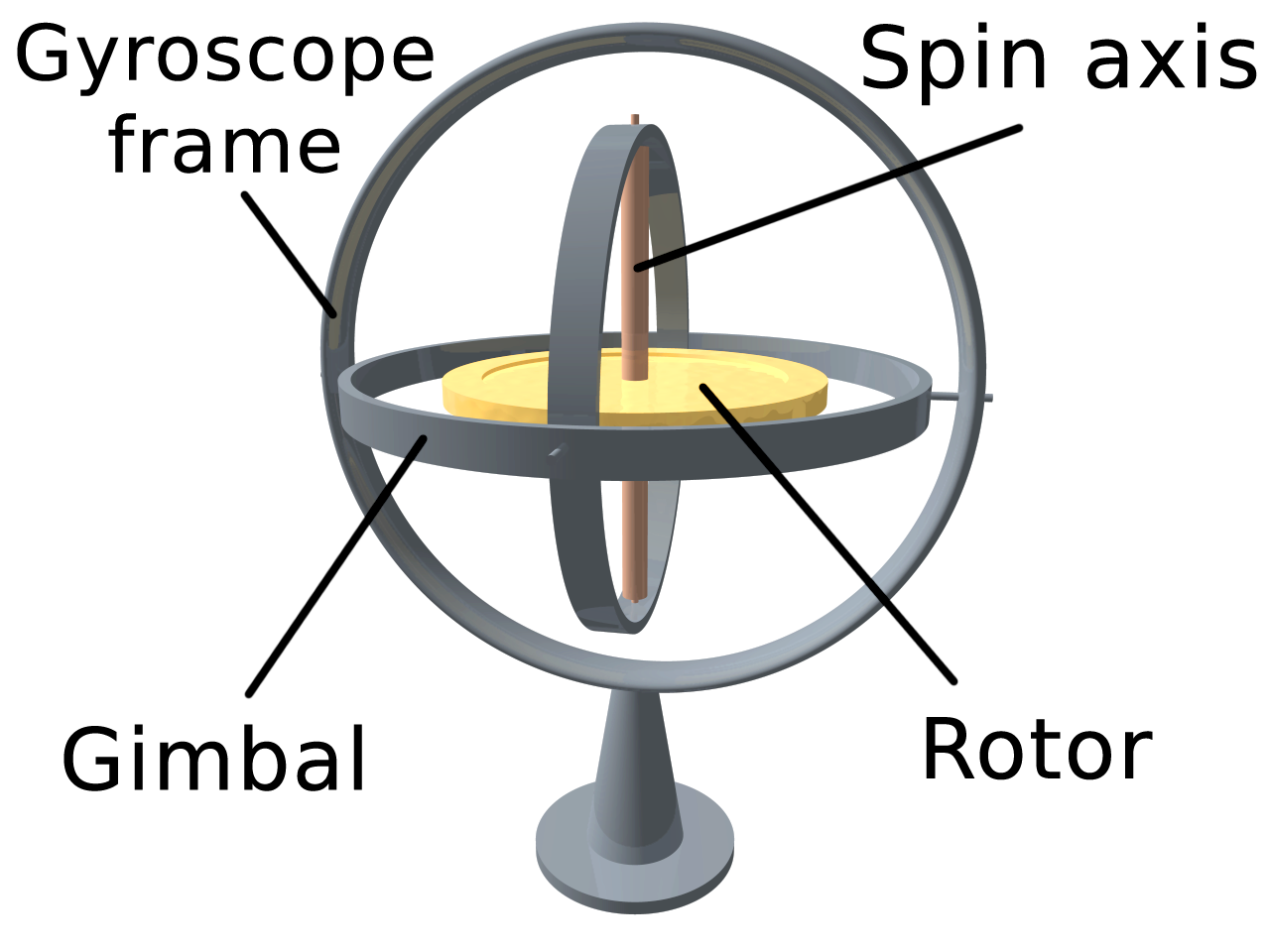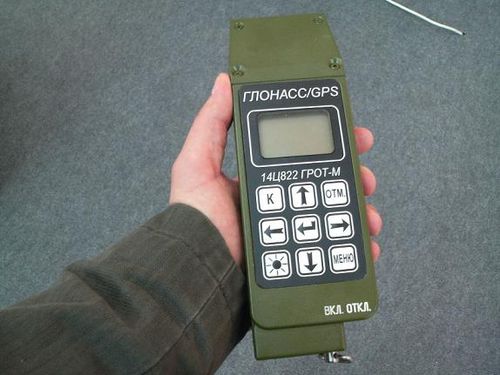|
Pixel Watch
The Pixel Watch is a Wear OS smartwatch designed, developed, and marketed by Google as part of the Google Pixel product line. First previewed in May 2022 during the Google I/O keynote, it features a round dome-shaped display as well as deep integration with Fitbit, which Google acquired in 2021. Two Pixel-branded smartwatches had been in development at Google by July 2016, but were canceled ahead of their release due to hardware chief Rick Osterloh's concerns that they did not fit well with other Pixel devices. Development on a new Pixel-branded watch began shortly after Google's acquisition of Fitbit. The Pixel Watch was officially announced on October 6, 2022, at the annual Made by Google event, and was released in the United States on October 13. It was succeeded by the Pixel Watch 2 in 2023. History Background In July 2016, Google was reportedly developing two smartwatches, codenamed "Swordfish" and "Angelfish", which were to be powered by the Android Wear operat ... [...More Info...] [...Related Items...] OR: [Wikipedia] [Google] [Baidu] |
Google
Google LLC (, ) is an American multinational corporation and technology company focusing on online advertising, search engine technology, cloud computing, computer software, quantum computing, e-commerce, consumer electronics, and artificial intelligence (AI). It has been referred to as "the most powerful company in the world" by the BBC and is one of the world's List of most valuable brands, most valuable brands. Google's parent company, Alphabet Inc., is one of the five Big Tech companies alongside Amazon (company), Amazon, Apple Inc., Apple, Meta Platforms, Meta, and Microsoft. Google was founded on September 4, 1998, by American computer scientists Larry Page and Sergey Brin. Together, they own about 14% of its publicly listed shares and control 56% of its stockholder voting power through super-voting stock. The company went public company, public via an initial public offering (IPO) in 2004. In 2015, Google was reorganized as a wholly owned subsidiary of Alphabet Inc. Go ... [...More Info...] [...Related Items...] OR: [Wikipedia] [Google] [Baidu] |
Gyroscope
A gyroscope (from Ancient Greek γῦρος ''gŷros'', "round" and σκοπέω ''skopéō'', "to look") is a device used for measuring or maintaining Orientation (geometry), orientation and angular velocity. It is a spinning wheel or disc in which the axis of rotation (spin axis) is free to assume any orientation by itself. When rotating, the orientation of this axis is unaffected by tilting or rotation of the mounting, due to the angular momentum#Conservation of angular momentum, conservation of angular momentum. Gyroscopes based on other operating principles also exist, such as the microchip-packaged Vibrating structure gyroscope#MEMS gyroscopes, MEMS gyroscopes found in electronic devices (sometimes called gyrometers), solid-state ring laser gyroscope, ring lasers, fibre optic gyroscopes, and the extremely sensitive quantum gyroscope. Applications of gyroscopes include inertial navigation systems, such as in the Hubble Space Telescope, or inside the steel hull of a submer ... [...More Info...] [...Related Items...] OR: [Wikipedia] [Google] [Baidu] |
Standard Atmosphere (unit)
The standard atmosphere (symbol: atm) is a unit of pressure defined as Pa. It is sometimes used as a ''reference pressure'' or ''standard pressure''. It is approximately equal to Earth's average atmospheric pressure at sea level. History The standard atmosphere was originally defined as the pressure exerted by a 760 mm column of mercury at and standard gravity (''g''n = ). It was used as a reference condition for physical and chemical properties, and the definition of the centigrade temperature scale set 100 °C as the boiling point of water at this pressure. In 1954, the 10th General Conference on Weights and Measures (CGPM) adopted ''standard atmosphere'' for general use and affirmed its definition of being precisely equal to dynes per square centimetre (). This defined pressure in a way that is independent of the properties of any particular substance. In addition, the CGPM noted that there had been some misapprehension that the previous definition (from the 9th CGPM ... [...More Info...] [...Related Items...] OR: [Wikipedia] [Google] [Baidu] |
Gorilla Glass
Gorilla Glass is a brand of chemically strengthened glass developed and manufactured by Corning Inc. Currently in its ninth generation, it is designed to be thin, light, and damage-resistant. Its surface strength and crack-resistance are achieved through immersion in a hot potassium-salt ion-exchange bath. The alkali- aluminosilicate sheet glass is primarily used as cover glass for portable electronic devices, including smartphones, smartwatches, portable media players, portable computer displays, and television screens. It is manufactured in Harrodsburg, Kentucky; Asan, South Korea; and Taiwan. As of October 2017, Gorilla Glass was used in approximately five billion devices worldwide. Despite its market dominance, Gorilla Glass faces competition from similar products, including AGC Inc.'s Dragontrail, Schott AG's Xensation, and synthetic sapphire. Background and development Corning experimented with chemically strengthened glass in 1960 as part of a "Project Muscle" in ... [...More Info...] [...Related Items...] OR: [Wikipedia] [Google] [Baidu] |
USB-C
USB-C, or USB Type-C, is a 24-pin reversible Electrical connector, connector (not a Communication protocol, protocol) that supersedes previous USB hardware#Connectors, USB connectors (also supersedes Mini DisplayPort and Lightning (connector), Lightning connectors) that can transfer data, e.g. audio/video data, to connect to monitors, external drives, mobile phones, keyboards/mouses, and many more peripheral devices; sometimes indirectly via hubs/docking stations. It also exchanges electricity, in general to power peripheral devices. It is used not only by USB technology, but also by other data transfer protocols, including Thunderbolt (interface), Thunderbolt, PCIe, HDMI, DisplayPort, and others. It is Extensibility, extensible to support future protocols. The design for the USB-C connector was initially developed in 2012 by Intel, HP Inc., Microsoft, and the USB Implementers Forum. The Type-C Specification 1.0 was published by the USB Implementers Forum (USB-IF) on August 11 ... [...More Info...] [...Related Items...] OR: [Wikipedia] [Google] [Baidu] |
Galileo (satellite Navigation)
Galileo is a satellite navigation, global navigation satellite system (GNSS) created by the European Union through the European Space Agency (ESA) and operated by the European Union Agency for the Space Programme (EUSPA). It is headquartered in Prague, Czech Republic, Czechia, with two ground operations centres in Oberpfaffenhofen, Germany (mostly responsible for the control of the satellites), and in Fucine Lake, Fucino, Italy (mostly responsible for providing the navigation data). The €10 billion project began offering limited services in 2016. It is named after the Italian astronomer Galileo Galilei. One of the aims of Galileo is to provide an independent high-precision positioning system so European political and military authorities do not have to rely on the United States Global Positioning System, GPS or the Russian GLONASS systems, which could be disabled or degraded by their operators at any time. The use of basic (lower-precision) Galileo services is free and open ... [...More Info...] [...Related Items...] OR: [Wikipedia] [Google] [Baidu] |
BeiDou
The BeiDou Navigation Satellite System (BDS; ) is a satellite-based radio navigation system owned and operated by the China National Space Administration. It provides geolocation and time information to a BDS receiver anywhere on or near the Earth where there is an unobstructed line of sight to four or more BDS satellites. It does not require the user to transmit any data and operates independently of any telephonic or Internet reception, though these technologies can enhance the usefulness of the BDS positioning information. The current service, BeiDou-3 (third-generation BeiDou), provides full global coverage for timing and navigation, along with Russia's GLONASS, the European Galileo, and the US's GPS. It consists of satellites in three different orbits, including 24 satellites in medium-circle orbits (covering the world), 3 satellites in inclined geosynchronous orbits (covering the Asia-Pacific region), and 3 satellites in geostationary orbits (covering China). The BeiDo ... [...More Info...] [...Related Items...] OR: [Wikipedia] [Google] [Baidu] |
GLONASS
GLONASS (, ; ) is a Russian satellite navigation system operating as part of a radionavigation-satellite service. It provides an alternative to Global Positioning System (GPS) and is the second navigational system in operation with global coverage and of comparable precision. Satellite navigation devices supporting both GPS and GLONASS have more satellites available, meaning positions can be fixed more quickly and accurately, especially in built-up areas where buildings may obscure the view to some satellites. Owing to its higher orbital inclination, GLONASS supplementation of GPS systems also improves positioning in high latitudes (near the poles). Development of GLONASS began in the Soviet Union in 1976. Beginning on 12 October 1982, numerous rocket launches added satellites to the system until the completion of the Satellite constellation, constellation in 1995. In 2001, after a decline in capacity during the late 1990s, the restoration of the system was made a government p ... [...More Info...] [...Related Items...] OR: [Wikipedia] [Google] [Baidu] |
Near-field Communication
Near-field communication (NFC) is a set of communication protocols that enables communication between two electronic devices over a distance of or less. NFC offers a low-speed connection through a simple setup that can be used for the bootstrapping of capable wireless connections. Like other proximity card technologies, NFC is based on inductive coupling between two electromagnetic coils present on a NFC-enabled device such as a smartphone. NFC communicating in one or both directions uses a frequency of 13.56 MHz in the globally available unlicensed radio frequency ISM band, compliant with the ISO/IEC 18000-3 air interface standard at data rates ranging from 106 to 848 kbit/s. The NFC Forum has helped define and promote the technology, setting standards for certifying device compliance. Secure communications are available by applying encryption algorithms as is done for credit cards and if they fit the criteria for being considered a personal area network. ... [...More Info...] [...Related Items...] OR: [Wikipedia] [Google] [Baidu] |
Bluetooth 5
Bluetooth is a short-range wireless technology standard that is used for exchanging data between fixed and mobile devices over short distances and building personal area networks (PANs). In the most widely used mode, transmission power is limited to 2.5 milliwatts, giving it a very short range of up to . It employs UHF radio waves in the ISM bands, from 2.402GHz to 2.48GHz. It is mainly used as an alternative to wired connections to exchange files between nearby portable devices and connect cell phones and music players with wireless headphones, wireless speakers, HIFI systems, car audio and wireless transmission between TVs and soundbars. Bluetooth is managed by the Bluetooth Special Interest Group (SIG), which has more than 35,000 member companies in the areas of telecommunication, computing, networking, and consumer electronics. The IEEE standardized Bluetooth as IEEE 802.15.1 but no longer maintains the standard. The Bluetooth SIG oversees the development of the specifi ... [...More Info...] [...Related Items...] OR: [Wikipedia] [Google] [Baidu] |
IEEE 802
IEEE 802 is a family of Institute of Electrical and Electronics Engineers (IEEE) standards for local area networks (LANs), personal area networks (PANs), and metropolitan area networks (MANs). The IEEE 802 LAN/MAN Standards Committee (LMSC) maintains these standards. The IEEE 802 family of standards has had twenty-four members, numbered 802.1 through 802.24, with a working group of the LMSC devoted to each. However, not all of these working groups are currently active. The IEEE 802 standards are restricted to computer networks carrying variable-size packets, unlike cell relay networks, for example, in which data is transmitted in short, uniformly sized units called cells. Isochronous signal networks, in which data is transmitted as a steady stream of octet (computing), octets, or groups of octets, at regular time intervals, are also outside the scope of the IEEE 802 standards. The number 802 has no significance: it was simply the next number in the sequence that the IEEE used fo ... [...More Info...] [...Related Items...] OR: [Wikipedia] [Google] [Baidu] |





